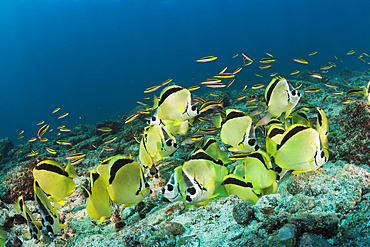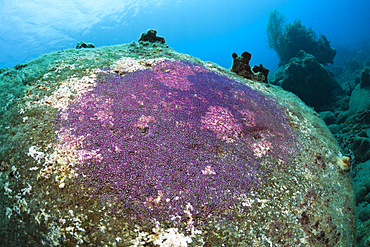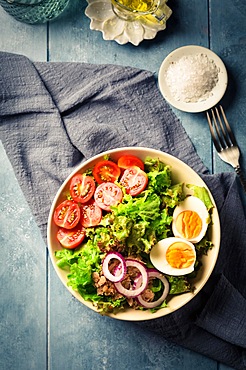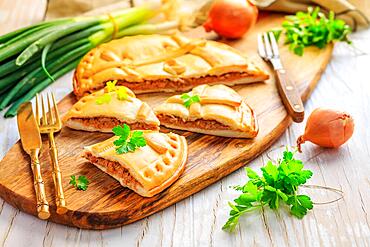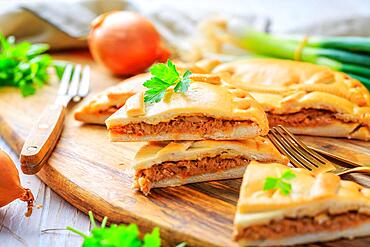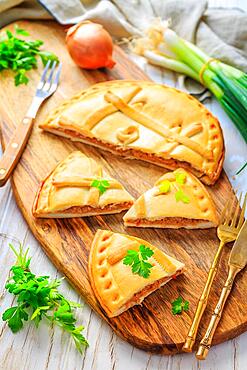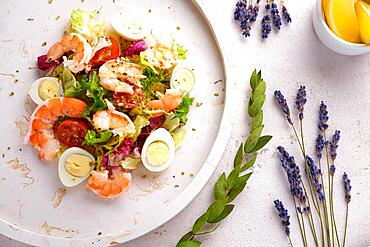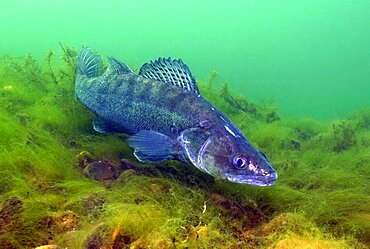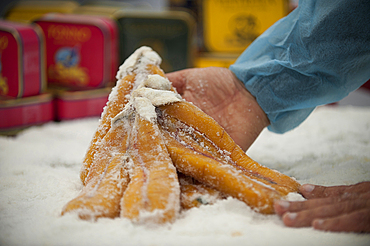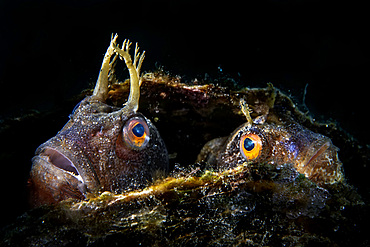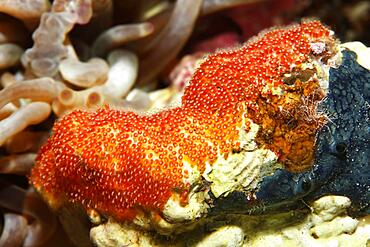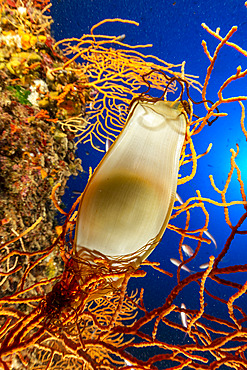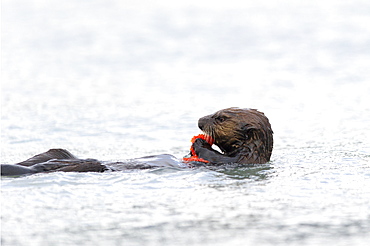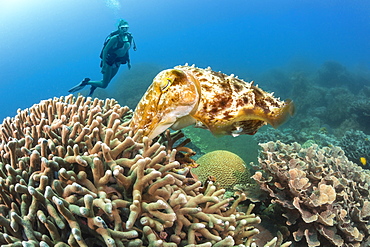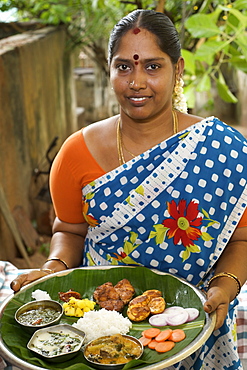Recent searches
Loading...
759-13473 - Shoal of Barberfish feeding on eggsmass, Johnrandallia nigriostris, La Paz, Baja California Sur, Mexico
759-13472 - Shoal of Barberfish feeding on eggsmass, Johnrandallia nigriostris, La Paz, Baja California Sur, Mexico
759-13471 - Shoal of Barberfish feeding on eggsmass, Johnrandallia nigriostris, La Paz, Baja California Sur, Mexico
759-12674 - Butterflyfishes feeding on Fish Spawn, Chaetodon kleinii, Ambon, Moluccas, Indonesia
759-12672 - Butterflyfishes feeding on Fish Spawn, Chaetodon kleinii, Ambon, Moluccas, Indonesia
759-12673 - Butterflyfishes feeding on Fish Spawn, Chaetodon kleinii, Ambon, Moluccas, Indonesia
759-12671 - Butterflyfishes feeding on Fish Spawn, Chaetodon kleinii, Ambon, Moluccas, Indonesia
832-399721 - Salad bowl with tuna, egg, tomato and onions - healthy food
1174-11411 - A dish of noodles, vegetables and fish with a yellow egg yolk.
1174-11410 - A dish of noodles, vegetables and fish and a tempura prawn, chopsticks.
832-399276 - Empanada Gallega - traditional pie stuffed with tuna, Galician and Spanish cuisine. Tart with tuna and vegetables
832-399275 - Empanada Gallega - traditional pie stuffed with tuna, Galician and Spanish cuisine. Tart with tuna and vegetables
832-399274 - Empanada Gallega - traditional pie stuffed with tuna, Galician and Spanish cuisine. Tart with tuna and vegetables
832-398703 - Vegetable salad with quail egg and shrimps, seasoned with oil, on a white plate
832-398702 - Vegetable salad with quail egg and shrimps, seasoned with oil, on a white plate
832-397643 - Female pike-perch (Sander lucioperca) guarding clutch in nest on lake bottom, quarry pond with fresh water, Germany, Europe
832-396662 - Traditional Japanese ramen noodles with unagi eel on top
832-396663 - Traditional Japanese ramen noodles with unagi eel on top
746-92074 - Azienda Salis Efisio, Bottarga, traditional dried fish (mullet lagoon) eggs, Sant'Antioco, Sardinia, Italy, Europe
1350-6272 - A couple of butterfly blenny (Blennius ocellaris) peeps out from inside a fan mussel (Pinna nobilis), that they chose as the nest for hatching their eggs.
1178-37576 - Bowl of caviar near bread on cutting board
832-393726 - Clutches, spawn, fish spawn, eggs, fish eggs, Red Sea clownfish (Amphiprion bicinctus), red Red Sea, Aqaba, Kingdom of Jordan
860-290413 - Catshark egg, (Scyliorhinus sp.), on Yellow gorgonia, (Eunicella cavolini), Marine Protected area Punta Campanella, Massa Lubrense, Penisola Sorrentina, Costa Amalfitana, Italy, Tyrrhenian Sea, Mediterranean
1350-3563 - A Pokemon nudibranch, Thecacera sp., feeds on squid eggs, Bima Bay, Sumbawa Island, Nusa Tenggara, Indonesia, Pacific Ocean
1350-3549 - Sarasvati Anemone Shrimp with Eggs, Periclimenes sarasvati, Bima, Sumbawa, Nusa Tenggara, Indonesia, Pacific Ocean
832-389959 - Sushi ball homemade from fresh salmon, egg, avocado
746-89904 - Niçoise salad, Port Grimaud, Provence, France
1174-7573 - High angle close up of scallop somen with fish roe, ebi, and salted egg yolk sauce, Singapore
1116-46284 - Underwater View Of Developing Sockeye Salmon (Oncorhynchus Nerka) Eggs In Power Creek Near Cordova And Prince William Sound, Alaska, United States Of America
1116-44273 - A Female Sockeye Salmon (Oncorhynchus Nerka) Uses Her Anal Fin To Probe Her Redd While A Jack Is Positioned Downstream. Underwater View In An Alaskan Stream During The Summer.
1116-43865 - Sea Otter (Enhydra Lutris) Eating Salmon Eggs, Valdez, Alaska, United States Of America
1116-43245 - Hawaii, Maui, A Fresh And Colorful Bowl Of Local Saimin.
857-95702 - Salmon roe sushi in roasted nori seaweed in Japanese restaurant, Tokyo, Japan
1116-39722 - This female Ornate Ghost Pipefish, also known as a Harlequin Ghost Pipefish (Solenostomus paradoxus) is holding it's egg mass in the pouch that is formed by two specialized fins. The eggs can seen through the transparent areas of the fins, Philippines
1116-39720 - This male Ring-tailed Cardinalfish (Ostorhinchus aureus) is protecting and incubating it's eggs by carrying them in his mouth, Philippines
1116-39719 - A Slender Spongegoby (Phyllogobius platycephalops) and two different species of crabs. Attached to the goby are several parasites with egg cases, that will likely prove fatal over time. Many species live on the convuluted surface of this sponge, Philippin
1116-39940 - A close look at the eggs of a common anemonefish (Amphiprion perideraion) that is most often found associated with the anemone, Heteractis magnifica, Philippines.
1116-39947 - A close look at the eggs of a common anemonefish (Amphiprion perideraion) that is most often found associated with the anemone, Heteractis magnifica, Philippines.
1116-39999 - Diver viewing a female Broadclub cuttlefish (Sepia latimanus) pushing an egg into the finger coral where it will hatch in four to six weeks, Philippines
746-29010 - Fish eggs ravioli with courgette flowers and botargo, Orestorante restaurant, Ponza island, Lazio, Italy
1113-96202 - Whitebait omelette, pattie, small fish baked in omelett and served on white bread, West coast, South Island, New Zealand
1161-3476 - Duck breasts, battered fish and preserved '1000 year old' eggs, at food stall in Fengdu, China
869-2339 - giant clam red fish egg mass on the shell of a giant tridacna clam Fiji
1113-22806 - Diver observe Racoon-Butterflyfishes feeding Eggs from other Fishes, Chaetodon lunula, Cathedrals of Lanai, Maui, Hawaii, USA
1116-30392 - Delicious Presentation Of Colorful Sushi Platter.
1196-244 - A brass plate full of offerings to God. Coconut, dried fish, black soya beans, duck eggs, oiled wicks, colour powder, bitten rice, betel nut, hand made rice paper incense, unhusked rice and flowers. Brahmayani Temple, Bhaktapur, Nepal
1022-89 - common seadragon (phyllopteryx taeniolatus) voracious hunters, camouflage looking like a piece of floating weed, unique to Australia, wild, dusk, shore diving, sand, marine park, metropolitan, Perth city, Indian Ocean, cool temperate waters of Western Australia. MORE INFO: amongst kelp, female seadragon deposits up to 150 eggs into the spongy, soft tissue under the tail of the male seadragon. Once fertilised, eggs incubate about 8 weeks. On hatching, miniature seadragons are independent and will start eating almost immediately.
1022-90 - common seadragon (phyllopteryx taeniolatus) voracious hunters, camouflage looking like a piece of floating weed, unique to Australia, wild, dusk, shore diving, sand, marine park, metropolitan, Perth city, Indian Ocean, cool temperate waters of Western Australia. MORE INFO: blue water, female seadragon deposits up to 150 eggs into the spongy, soft tissue under the tail of the male seadragon. Once fertilised, eggs incubate about 8 weeks. On hatching, miniature seadragons are independent and will start eating almost immediately.
1022-92 - common seadragon (phyllopteryx taeniolatus) voracious hunters, camouflage looking like a piece of floating weed, unique to Australia, wild, dusk, shore diving, sand, marine park, metropolitan, Perth city, Indian Ocean, cool temperate waters of Western Australia. MORE INFO: amongst kelp, female seadragon deposits up to 150 eggs into the spongy, soft tissue under the tail of the male seadragon. Once fertilised, eggs incubate about 8 weeks. On hatching, miniature seadragons are independent and will start eating almost immediately.
1022-77 - common seadragon (phyllopteryx taeniolatus) voracious hunters, camouflage looking like a piece of floating weed, unique to Australia, wild, dusk, shore diving, sand, marine park, metropolitan, Perth city, Indian Ocean, cool temperate waters of Western Australia. MORE INFO: amongst kelp, female seadragon deposits up to 150 eggs into the spongy, soft tissue under the tail of the male seadragon. Once fertilised, eggs incubate about 8 weeks. On hatching, miniature seadragons are independent and will start eating almost immediately.
1004-572 - Fried egg jellyfish. Spanish Mediterranean.
979-7139 - Chinstrap penguin (Pygoscelis antarctica) chick head detail at colony on Useful Island near the Antarctic Peninsula. There are an estimated 2 million breeding pairs of chinstrap penguins in the Antarctic peninsula region alone, perhaps as many as 7.5 million breeding pairs in all of Antarctica. Their name derives from the narrow black band under their heads which makes it appear as if they are wearing black helmets, making them one of the most easily identified types of penguin. Other names for them are "Ringed Penguins", "Bearded Penguins", and "Stonecracker Penguins" due to their harsh call. They grow to 68 cm (27 in). The average adult weight of a Chinstrap Penguin is 4.5 kg (10 lbs). Weight can range from 3 to 6 kg (6.6-13.2 lbs), with males being slightly larger and weight varying based on where the penguin is in the breeding cycle. Their diet consists of krill, shrimp, and fish. On land they build circular nests from stones, and lay two eggs, which are incubated by both the male and the female for shifts of five to ten days. They can also breed on icebergs, though they prefer non-icy conditions. The chicks hatch after about 35 days, and have fluffy gray backs and white fronts. The chicks stay in the nest for 20?30 days before they go to join a creche. At around 50?60 days old, they moult, gaining their adult plumage and go to sea. The Chinstrap Penguin was first described by German naturalist Forster in 1781. Its specific epithet was often seen as antarctica, however a 2002 review determined the genus Pygoscelis was masculine, and hence the correct binomial name is Pygoscelis antarcticus.
979-2126 - Salmon processing in Petersburg, Southeast Alaska at the Norquest fish processing plant. Here Japanese and American workers are cleaning and sorting salmon roe (fish eggs) for Asian consumption.
979-2125 - Salmon processing in Petersburg, Southeast Alaska at the Norquest fish processing plant. Here Japanese and American workers are cleaning and sorting salmon roe (fish eggs) for Asian consumption.
979-1288 - Mexican Horn Shark (Heterodontus mexicanus) egg case held up to the light (detail) in the northern Gulf of California (Sea of Cortez), Mexico.
970-78 - Long-snout Sea Horse (Hoppocampus ramulosus) pregnant male with eggs in brood pouch, Malta, Mediterranean
979-2124 - Salmon processing in Petersburg, Southeast Alaska at the Norquest fish processing plant. Here Japanese and American workers are cleaning and sorting salmon roe (fish eggs) for Asian consumption.
1004-10 - Clingfish and eggs in typical habitat - splash zone of a rocky shore. UK (RR)
1004-30 - Fried egg jellyfish. Spanish Mediterranean.
979-2118 - The Norquest fish processing plant in Petersburg, Southeast Alaska, USA. Shown here processing fresh and wild salmon roe for the asian fish market.
989-36 - European Chub (Squalius or Leuciscus cephalus) shoal in the clear water of Plitvice Lakes National Park, Croatia. MORE INFO: Chub traditionally inhabit more lowland waters in Croatia, but they have proliferated since being introduced to Plitvice Lakes, which are warmer than in the past due to climate change, and they have reduced native trout populations considerably by predating their eggs.
759-8284 - Catshark egg (Scyliorhinus sp.), fixed on coral, Cap de Creus, Costa Brava, Spain, Mediterranean, Europe
832-15240 - Anemone fish, Amphiprion ocellaris, with eggs ane anemone
817-185167 - Giant jawfish digging hole, Opistognathus rhomaleus, Mexico, Sea of Cortez, Baja California, La Paz
829-136 - Mrs Vijayalakshmi Neelakandan with complete meal in a thali covered with a banana leaf with all the dishes - rasam, pickles, salad, seasoned yogurt, rice, meat stew, potatoes, salt, fried fish, curried eggs.
817-40956 - Freshwater Rivers Galicia Spain Atlantic Salmon Salmo salar eggs
817-40955 - Freshwater Rivers Galicia Spain Atlantic Salmon Salmo salar eggs developed
817-40957 - Freshwater Rivers Galicia Spain Atlantic Salmon Salmo salar eggs
817-66841 - Zurrukutuna, garlic soup with codfish, Cuisine School Luis Irizar, Donostia-San Sebastian, Gipuzkoa, Euskadi, Spain, / Zurrukutuna, Sopa de Ajo con Bacalao, Escuela de Cocina Luis Irizar, Donostia, San Sebastian, Gipuzkoa, Euskadi, Espana.
817-40816 - Eastern Atlantic Galicia Spain Common dogfish or Lesser spotted dogfish Scyliorhinus canicula leaving the egg
759-6831 - Shoal of Rudderfish laying Eggs in Open Water, Kyphosus cinerascens, German Channel, Micronesia, Palau
733-4088 - Salmon sushi roe at Nishiki food market, Kyoto, Japan, Asia
759-5975 - Diver observe Racoon-Butterflyfishes feeding Eggs from other Fishes, Chaetodon lunula, Cathedrals of Lanai, Maui, Hawaii, USA
759-4781 - Twotone wrasses (Thalassoma lunare) and Klein's butterfly fish (Chaetodon kleinii) eating eggs, Komodo National Park, Indian Ocean, Indonesia, Southeast Asia, Asia
759-1298 - Red spotted cardinalfish with eggs in mouth, Apogon parvulus, Papua New Guinea, Pacific ocean
You reached the end of search results


